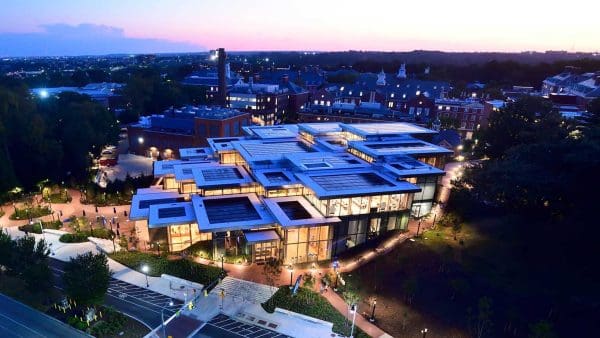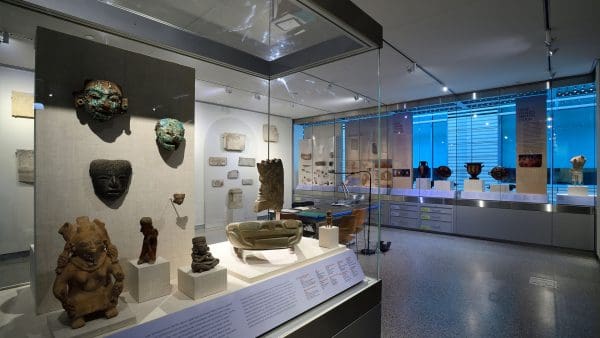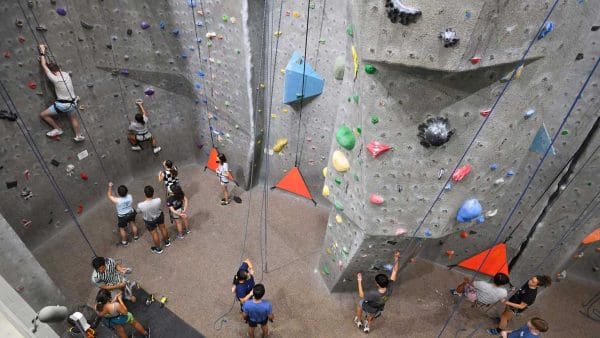
1. Who are the students that OMA serves?
We are committed to enhancing the educational experience of students from underrepresented populations. But having said that, I view OMA as serving all students of the university—undergraduate and graduate alike. My goal is to see students learn from one another and to create lasting partnerships that are authentic and speak to their identities. Our office is a liaison to formulating introspection around identities and strengthening communities.
2. What services does OMA offer to students?
The OMA offers everything from identity workshops and trainings to cultural heritage celebrations to diversity education workshops to leadership opportunities to mentoring. For example, we’re in the process of connecting some of our alumni as well as faculty and staff who are interested in advising our various multicultural student organizations. We have so many people associated with Hopkins who want to connect with students and help guide them through such formative years of adulthood.
3. OMA encourages underrepresented students to participate in one of its leadership programs such as Men of Color Hopkins Alliance, Female Leaders of Color, Mentoring Assistance Peer Program, and the Multicultural Leadership Council. Why is that important?
I constantly hear from our students that they still struggle with trying to figure out their place at Hopkins. Our leadership groups help them find their voice so they can work to resolve issues and have a fulfilling time as a student. For example, one goal of the Multicultural Leadership Council is for its members to promote events and programs among different organizations so that all students can explore and learn from different identities and backgrounds. We’re promoting our cultural heritage celebrations as a yearlong engagement instead of being restricted to the national monthly recognition.
4. More than 30 student organizations collaborate with OMA, from the African Student Association to the Taiwanese-American Student Association. Why should these groups exist?
At Hopkins, as well as at many universities, we are beginning to recognize the many facets that are intersecting around identity, diversity, and equity. We advocate for all student communities, and we promote the fact that we are all a part of the conversations around diversity and inclusion. These organizations enable underrepresented students to realize there are others across campus who look like they do.
5. What is overall message for underrepresented students at Hopkins?
It’s my hope that all of our students think about what their responsibility is on a global and local scale and to engage the community at large about topics that are relevant beyond the classroom. And for underrepresented students in particular, I want them to have a voice and be fearless about their world. I want them to engage in asking tough questions and to always feel affirmed that they have a community that will advocate and empower them.




